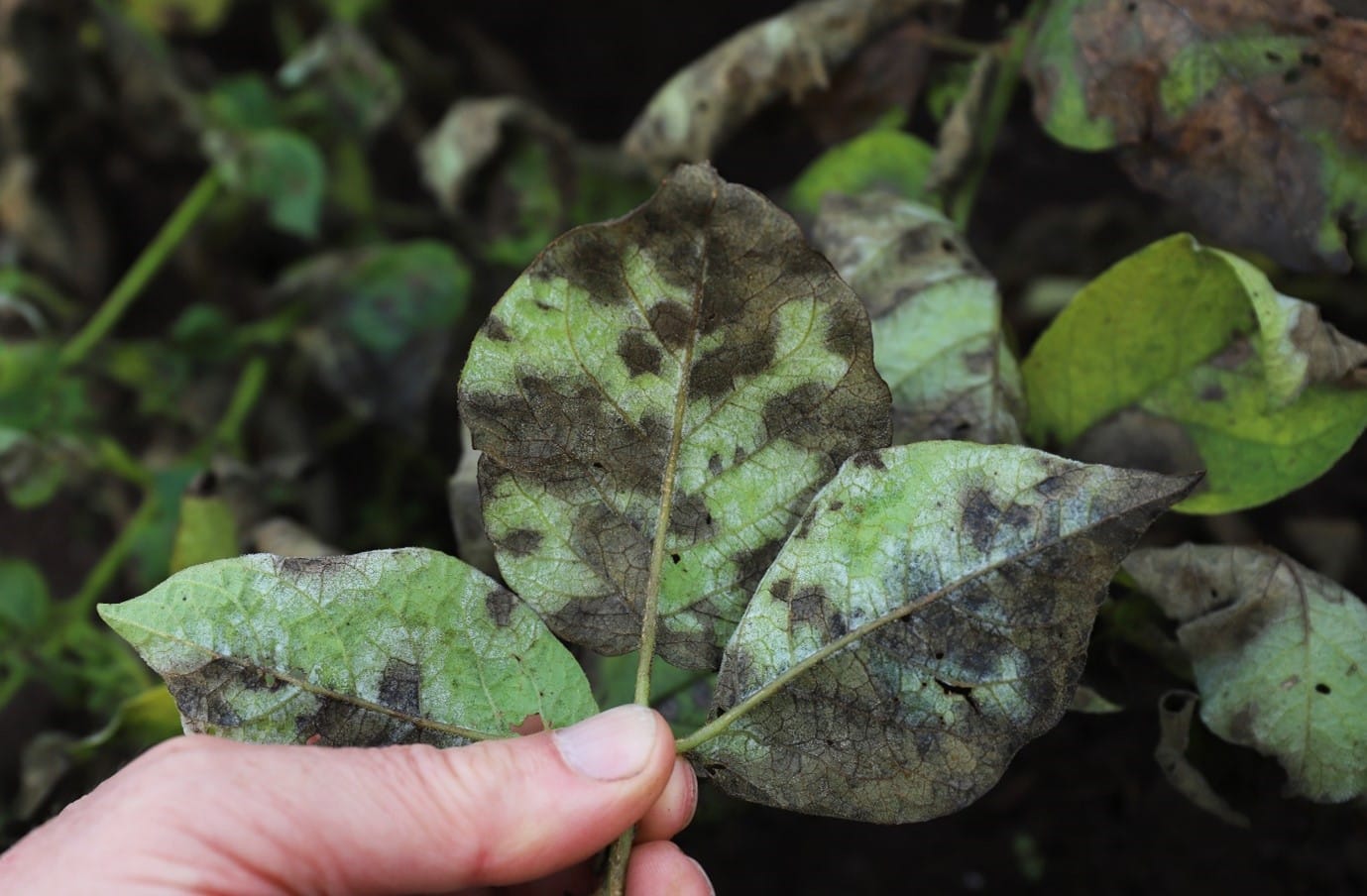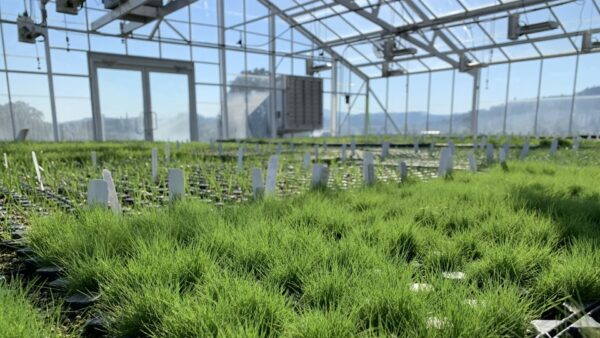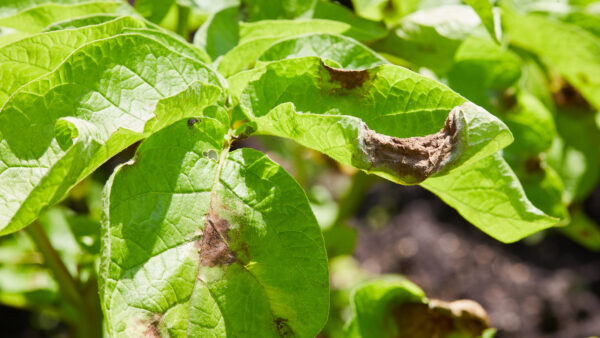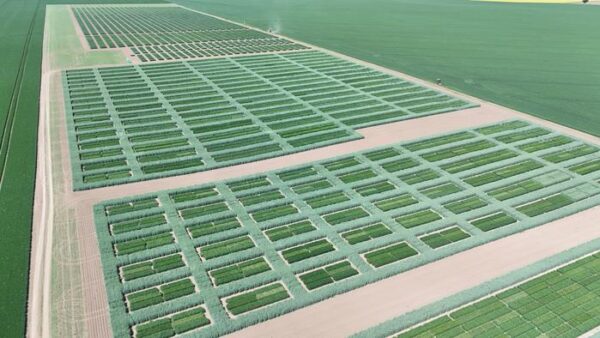The James Hutton Institute has announced that over £1.75 million has been invested in high tech lab equipment to modernize their research capabilities, specifically in food, plant and soil health and quality, according to a release.
This is the largest investment Scotland has seen in a combined ultra-high-performance liquid chromatography (UHLC) and high-resolution mass spectrometer (MS).
The latest hi-spec lab equipment is located at the independent research institute’s Invergowrie campus, near Dundee. The new equipment will expand their scientists’ capabilities when preforming plant and organic compound analysis and will take less time and manual labour.
There is a second piece of new lab equipment located at the institute’s Craigiebuckler campus in Aberdeen. This tool is an advanced scanning electron microscope (SEM) that can show images at a billionth of a meter and can be used for plant tissues and other materials.
“With this system we can compare the content of health beneficial metabolites, such as vitamins and antioxidants, as well as flavour relevant compounds, such as those that provide bitter or sweet flavour,” said William Allwood, metabolomics facility lead for the James Hutton Institute. “That means we can compare the nutritional and flavour quality of fruits, cereal grains and vegetables that have been grown in different ways, we can assess the effects of storage and processing on foods and we can also assess the effects of different agricultural practices on the growing plants.”
The ThermoFisher UHLC Orbitrap IQ-X high resolution MS is currently the most powerful type of this tool that is available and will allow the separation of plant, fruit, vegetable or processed food extracts into their individual biochemical components, shared Allwood.
“We can also assess the biochemical impacts of environmental stress, such as drought, flooding or heat, and also plant pests and diseases, helping to identify plant varieties that are resistant or less susceptible to these stressors,” he continued.
The new Gemini 300 ZEISS SEM is a sensitive piece of equipment that will allow scientists to view high resolution images of plants down to a nanometre scale. Scientists will be able to see the cell and tissue structure, as well as how plants react to environmental changes, which will allow the plants to be bred for future climate conditions.
Scientists can also see what minerals are present in the plant and where, which will allow them to understand the plants nutritional value in different plant parts. They can also see interactions within the plant when microplastics are present in the soil.
The James Hutton Institute also invested in a carbon and nitrogen analyser which can be used to understand what elements are present in the soil and how the plant is using and storing carbon.












